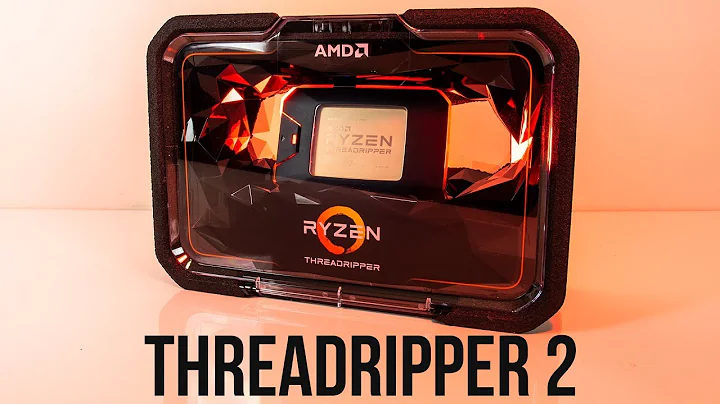Exploring Intel AMT: Architecture, Vulnerabilities, and Mitigation
Table of Contents
- Introduction
- Intel 64 System Architecture
2.1. CPU and Chipset
2.2. Firmware and Flash Memory
- Intel Management Engine (ME)
3.1. Architecture and Execution Environment
3.2. Functions and Regions
- Reverse Engineering Intel ME
4.1. Challenges and Tools
4.2. Extracting ROM Images
4.3. Analyzing Code and Data
- Intel Active Management Technology (AMT)
5.1. Overview and Features
5.2. Remote Control and Administration
5.3. Accessing AMT via Network Interfaces
- Unauthorized Remote Access to AMT
6.1. Authentication Process
6.2. Exploiting a Vulnerability in Digest Authentication
- Spreading Coverage of AMT Vulnerabilities
7.1. Intel vPro System
7.2. Host Embedded Control Interface (HECI)
7.3. Activating Intel AMT on Non-vPro Systems
- Mitigating AMT Security Issues
8.1. Firmware Patching and Updates
8.2. Hardware Restrictions and Flash Protection
8.3. The Role of Network Firewalls and Monitoring
- Conclusion
Introduction
In this article, we will delve into the world of Intel Management Engine (ME) and Intel Active Management Technology (AMT) to explore their architecture, functions, and potential vulnerabilities. We will also discuss the challenges of reverse engineering these technologies and the implications of unauthorized remote access to AMT. Additionally, we will examine ways to mitigate the security risks associated with AMT and provide recommendations for safeguarding your systems.
Intel 64 System Architecture
The structure of Intel-based systems is built upon the Intel 64 system architecture, which comprises both the central processing unit (CPU) and the chipset. The CPU serves as the main execution environment, while the chipset integrates subsystems and controllers for peripheral devices and critical system functions. One of these subsystems is the Intel Management Engine (ME), which is an isolated and powerful execution environment stored in SPI flash memory.
Intel Management Engine (ME)
The ME is a Hidden and stealthy environment that has extensive access capabilities and memory isolation techniques. It operates on a separate memory and consists of a microcontroller unit (MCU) with raw memory and firmware. The firmware is stored alongside the BIOS on the SPI flash and remains inaccessible to the CPU. The ME provides deep access to the system and has features like remote control, administration, and system information retrieval.
Reverse Engineering Intel ME
Reverse engineering Intel ME poses several challenges, including the presence of proprietary code and compressed firmware. However, researchers have developed tools and techniques to dissect the firmware and understand its behavior. By disassembling the code and analyzing the data, it is possible to uncover the functionality and vulnerabilities of the ME. Reverse engineering opens up opportunities to discover flaws and enhance security measures.
Intel Active Management Technology (AMT)
AMT is implemented as a code model inside the ME and enables remote control and administration of computer systems. It allows features such as remote power on/off, system reset, network configuration, and full control of the system peripherals. Access to AMT can be achieved through wired or wireless network interfaces, and specific ports are intercepted by the ME before reaching the operating system network stack.
Unauthorized Remote Access to AMT
The authentication process of AMT involves a challenge-response mechanism with a standard application-required request. By exploiting a vulnerability in the digest authentication, an attacker can gain unauthorized remote access to AMT. This can be done through the use of proxy servers to manipulate the authorization header fields and bypass the authentication process. The attacker can then assume the role of a legitimate system administrator with full control over the Intel AMT functionalities.
Spreading Coverage of AMT Vulnerabilities
The coverage of AMT vulnerabilities extends beyond systems explicitly supporting AMT. By activating the Intel AMT features and using undocumented interfaces, an attacker can potentially spread the coverage of vulnerabilities to systems without official AMT support. This includes systems with Intel vPro branding, where the presence of the Intel Management Control (MEC) model in the UEFI BIOS allows for configuration of AMT. However, hardware restrictions and the need for privileged access may limit this capability.
Mitigating AMT Security Issues
Mitigating the security issues associated with AMT requires a multi-faceted approach. It involves firmware patching and updates provided by Intel and the respective vendors. Users must proactively install these updates as they are not automatically applied. Additionally, hardware configurations and flash protection should be properly set to prevent unauthorized access. Network firewalls and monitoring tools play a crucial role in detecting and mitigating potential attacks on AMT.
Conclusion
The Intel Management Engine and Intel Active Management Technology provide powerful capabilities for remote control and administration of systems. However, they also pose security risks if not properly secured and monitored. By understanding the architecture, vulnerabilities, and mitigation techniques, individuals and organizations can protect themselves from potential exploits and ensure the integrity of their systems.
 WHY YOU SHOULD CHOOSE TOOLIFY
WHY YOU SHOULD CHOOSE TOOLIFY

























